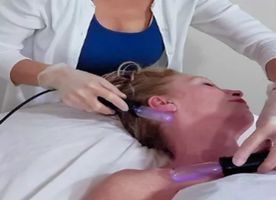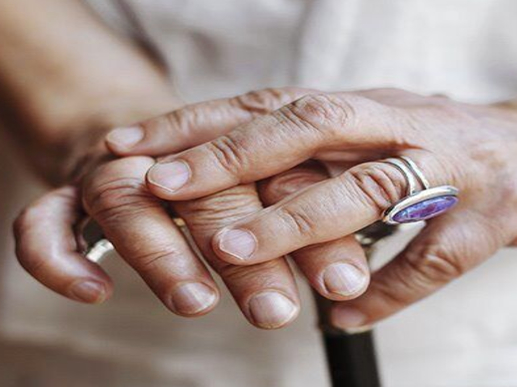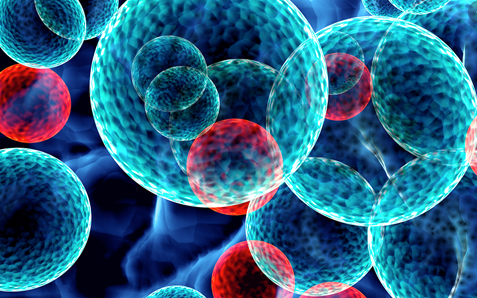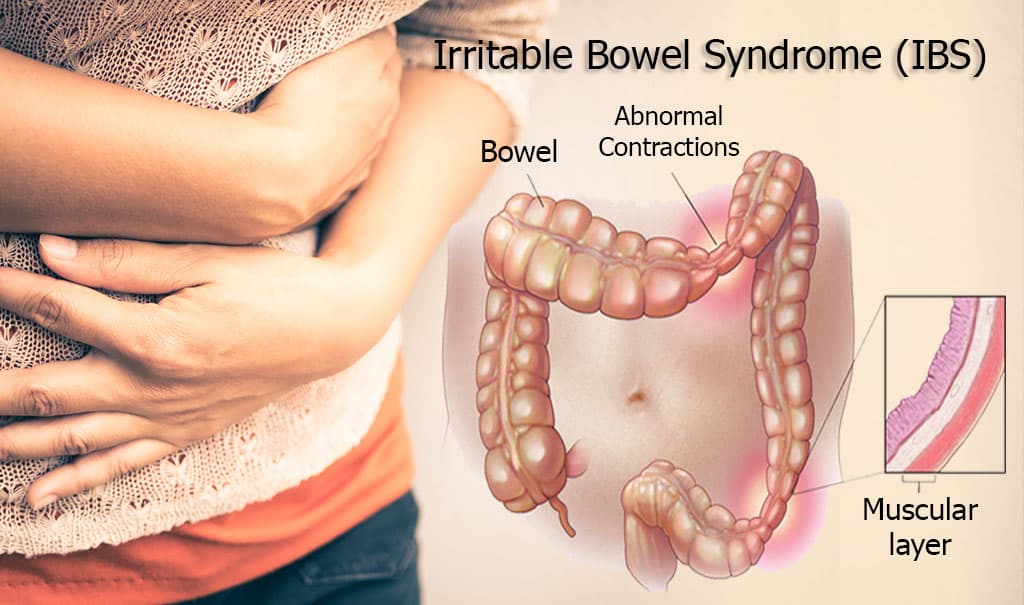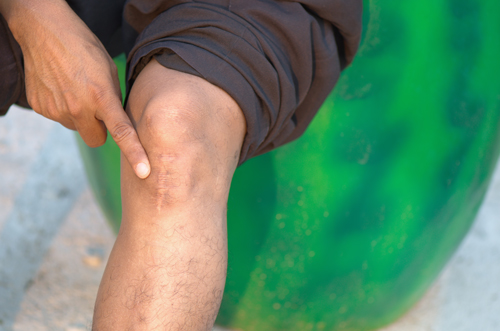Acupuncture in Akoya Oxygen
Search and Compare the Best Clinics and Doctors at the Lowest Prices for Acupuncture in Akoya Oxygen





































































































































No Time?
Tell us what you're looking for and we'll reach out to the top clinics all at once
What are the costs for Acupuncture in Akoya Oxygen?
The expense of the Acupuncture in Akoya Oxygen can differ significantly, largely hinging on the practitioner's experience, the duration and complexity of the sessions, and the required number of sessions. It's worth noting that while some insurance providers cover acupuncture, others may not. Therefore, it's prudent to verify this with your provider beforehand. For those without insurance coverage, there's no cause for concern as many clinics offer a range of payment options and plans.
Remember, prioritizing your health is an invaluable investment, and while cost is a key consideration, the potential health benefits and effectiveness of the treatment should also carry weight. Engaging in a thorough discussion with your healthcare provider about the cost and potential benefits will provide a clearer perspective, aiding in an informed decision-making process.
What does a Acupuncture Procedure Involve in Akoya Oxygen?
The Acupuncture, commonly recognized as acupuncture, is a holistic treatment that entails the insertion of thin, sterilized needles into precise points on the body to balance the body's energy flow or Qi. The process aims to stimulate the body's healing responses and enhance general well-being. An in-depth understanding of the procedure can help to relieve any apprehensions and prepare you better for the treatment.
In Akoya Oxygen, the procedure begins with a comprehensive consultation where your practitioner will ask about your health history and symptoms. This information allows them to determine the most effective treatment plan for you. During the treatment, the practitioner inserts needles into specific acupuncture points. The needles will remain in place for about 10-20 minutes while you lie still and relax. There is usually no discomfort when the needles are inserted. The practitioner may also apply heat or mild electrical pulses to the needles in some cases.
How Long Should I Stay in Akoya Oxygen for a Acupuncture Procedure?
The Acupuncture, or acupuncture, lasts about 30 minutes to an hour per session, and you can typically leave immediately after the treatment. It’s important to budget time for a pre-treatment consultation and post-treatment rest period, as well.
Generally, there's no required length of stay in Akoya Oxygen after a Acupuncture. However, depending on your condition, multiple sessions may be recommended. Therefore, be sure to discuss this with your practitioner and plan your stay accordingly. Also, it's advisable to take into account any potential travel restrictions or requirements in Akoya Oxygen due to public health measures.
What's the Recovery Time for Acupuncture Procedures in Akoya Oxygen?
A major advantage of the Acupuncture or acupuncture, is that it requires virtually no recovery time. Most individuals feel relaxed and rejuvenated after the treatment and are able to resume their daily activities without any downtime. It's important, however, to be aware of how your body reacts to the treatment and to allow yourself time to rest and recuperate if necessary.
Post-procedure, your practitioner in Akoya Oxygen will discuss the results of the treatment with you and provide guidance for any necessary follow-up sessions. As always, maintaining open communication with your healthcare provider, reporting any unusual symptoms, and adhering to their advice is the key to ensuring the best outcomes.
What is the success rate of Acupuncture Procedures in Akoya Oxygen?
The Acupuncture, or acupuncture, boasts a high success rate for a variety of conditions, thanks to its holistic approach to healing. This age-old treatment is famed for its efficacy in managing conditions like chronic pain, migraines, anxiety, insomnia and a multitude of other health conditions. Its efficacy in promoting physical and emotional well-being contributes significantly to its high success rate.
In Akoya Oxygen, the procedure is conducted by certified practitioners who are well-versed in ensuring the effectiveness of the treatment. The success rate of the procedure can also heavily depend on the patient's commitment to follow-up sessions and adherence to any supplementary care or lifestyle modifications suggested by the practitioner. Thus, an open line of communication with your healthcare provider can play a vital role in the overall success of the treatment.
Are there Alternatives to Acupuncture Procedures in Akoya Oxygen?
Acupressure and cold laser therapy are common alternatives to acupuncture. Other alternatives to acupuncture depend on the reason you need the procedure. For instance, if you have lower back pain you can try chiropractic manipulation or therapy. Acupuncture is a complementary therapy, so it is advisable to be used alongside conventional medical treatments in cases of severe or chronic diseases.
This information has been accurately sourced and verified by a medical professional for its accuracy, however, we strongly recommend you to consult with your doctor before pursuing medical procedures overseas.


